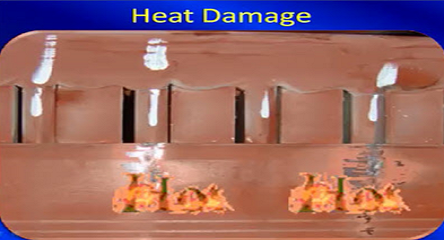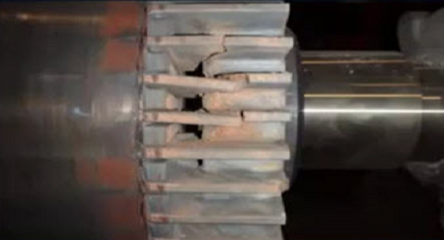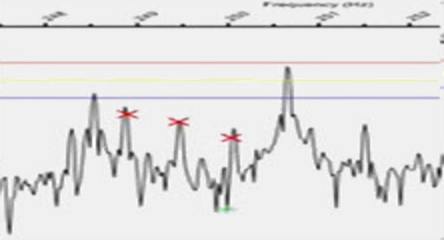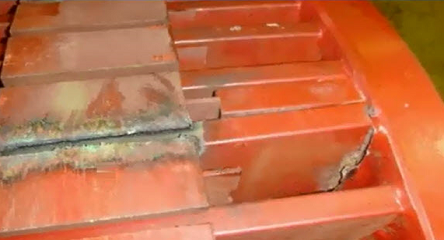Current Unbalance in AC Electric Motors
Howard Penrose
Is there a standard for current unbalance in AC motors? The answer is a simple “No, there is not.” I have seen different publications and other information out there that refer to current unbalance and suggest limits on current unbalance. Unfortunately, there is no real standard that covers current unbalance. It does cover voltage unbalance. However, there is a way to determine if what you’re looking at is something related to an electric motor or your supply. It’s very simple. Take, for instance, in this repair-shop-type application, you’ll see that there are three clips. If this motor was to be run, and there was an obvious current unbalance, then we could determine very quickly if we are looking at an actual problem.
I’d take three measurements. I’d take a clamp-on ammeter and measure phase A, phase B, and phase C, if I’m taking a look at a small current unbalance such as in this case, I may wonder where that’s from. What I can do is something very simple. As we know, if I take two leads of a 3-phase AC induction motor, and I swap those—say if I swap A and B and put B on A—then my motor will reverse. However, if I take phase A, move it to B, phase B, move it to C, and phase C, move it to A, I have rotated my phases. This keeps the motor running in the same direction, but it swaps the leads so that I can go back and retest and see what happens:
| Before |
After |
| 1A = 5.1 Amps |
1A = 4.8 Amps |
| 1B = 6.2 Amps |
1B = 5.1 Amps |
| 1C = 4.8 Amps |
1C = 6.2 Amps |
Basically, my current has rotated with the phases, and that would mean that my unbalance is related to something with the electric motor. If it had stayed the same on each phase, or, as often happens, it just balanced out overall, then I have something coming from the supply—say, an unbalanced impedance, or voltage unbalance, or something along those lines. Now if my unbalance goes along with the motor, and it’s a smaller motor, that might strictly be because of the type of windings that are in the machine. However, if I have a significant current unbalance that rotates with the phases, especially on lower-voltage motors, I may actually have a winding fault. So that is the simple way to determine if I actually have a current unbalance issue or not.






